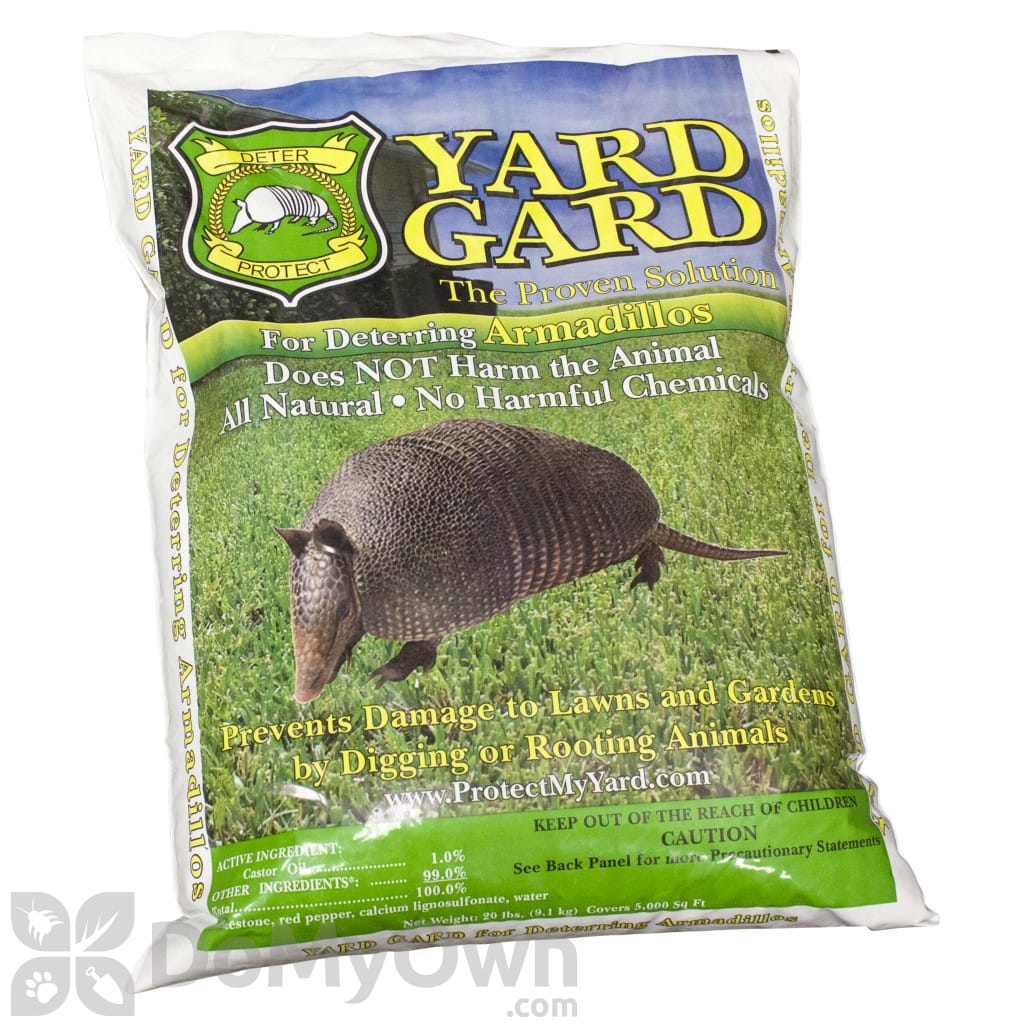Armadillos: those armored lawn excavators can quickly turn your yard into a moonscape. While no magic bullet (or EPA-registered repellent) exists, this guide provides proven natural, commercial, and DIY solutions to deter these persistent diggers. Learn how to harness the power of scent and other strategies to reclaim your yard and send armadillos packing.
Understanding Armadillo Behavior & Repellent Options
Before diving into specific methods, it’s important to understand that no EPA-registered repellent is specifically designed for armadillos. What we’re discussing here are deterrents—methods that discourage armadillos, rather than actively repelling them. A combination approach, targeting multiple senses and habits, is often the most effective. Find out if these elegant flowers are safe from destructive deer munching.
Natural Armadillo Deterrents: Harnessing the Power of Scent
Armadillos rely heavily on their sense of smell, making strong odors a potential deterrent. These readily available options may encourage armadillos to forage elsewhere.
Scent-Based Deterrents
Cayenne Pepper: This spicy deterrent can irritate an armadillo’s sensitive nose. Sprinkle liberally around the perimeter of your yard or near burrows. Reapply after rain.
Vinegar: The pungent smell of vinegar can also deter armadillos. Soak rags in vinegar and place them strategically near potential entry points, like under decks or near fences. Replace the rags regularly as the smell fades.
Ammonia: Similar to vinegar, ammonia’s strong odor can be off-putting to armadillos. Soak rags and position them near burrows or potential entry points. (Caution: Use ammonia with care due to its strong odor and potential hazards. Keep away from children and pets.)
Garlic: Planting garlic around your property might discourage armadillos. While not scientifically proven, some believe its strong scent acts as a deterrent. Plus, you’ll have fresh garlic for your kitchen!
Other Natural Methods
Grub Control: Armadillos love grubs. Treating your lawn for these pests removes a primary food source, making your yard less attractive.
Physical Barriers: A sturdy fence extending at least 24 inches deep into the ground, angled outwards, can prevent armadillos from digging underneath.
Commercial Armadillo Deterrents: Exploring Stronger Options
If natural methods aren’t providing enough control, commercial products might offer a stronger defense. Remember, results can vary, and combining these with other strategies is often beneficial.
Key Ingredients to Look For
Castor Oil: This oil is thought to disrupt an armadillo’s digestive system, making your yard a less desirable dining spot.
Naphthalene (Mothballs): The strong odor of mothballs can deter armadillos. However, use with extreme caution, as mothballs can be toxic to pets and children. Follow product instructions precisely and consider safer alternatives.
Coyote Urine: This plays on an armadillo’s natural fear of predators. The scent suggests a predator is nearby, potentially discouraging entry.
Ultrasonic Devices
These devices emit high-frequency sounds intended to repel pests. While their effectiveness against armadillos is debated, some studies suggest they may be more effective at repelling insects than larger mammals.
Trapping and Professional Help: When DIY Isn’t Enough
Sometimes, DIY methods fall short. If you’re facing a persistent armadillo problem, professional intervention may be necessary.
Trapping
Trapping requires the right kind of trap and knowledge of local regulations. Some areas require permits or have specific guidelines on handling trapped animals.
Pest Control Professionals
For significant infestations, or if you’re uncomfortable handling the trapping process, a professional pest control service is the most effective solution. They have the experience, equipment, and know-how to address the problem safely and efficiently.
Tips for Success & Ongoing Research
Integrated Pest Management: Combining methods – scent deterrents, physical barriers, and habitat modification – provides a multi-layered defense system.
Reapply After Rain: Rain can wash away scent-based deterrents. Reapply regularly to maintain their effectiveness.
Monitor Your Yard: Watch for signs of armadillo activity and adjust your strategy accordingly.
Ongoing Research: While current research suggests certain methods may be effective, research on armadillo behavior and repellents is ongoing. What works in one situation might not work in another, and new, more effective strategies may be developed in the future.
By understanding armadillo habits and using a combination of strategies, you can reclaim your yard. Persistence and experimentation are key to discovering the right combination of deterrents for your specific situation. Good luck!
- China II Review: Delicious Food & Speedy Service - April 17, 2025
- Understand Virginia’s Flag: History & Debate - April 17, 2025
- Explore Long Island’s Map: Unique Regions & Insights - April 17, 2025
















